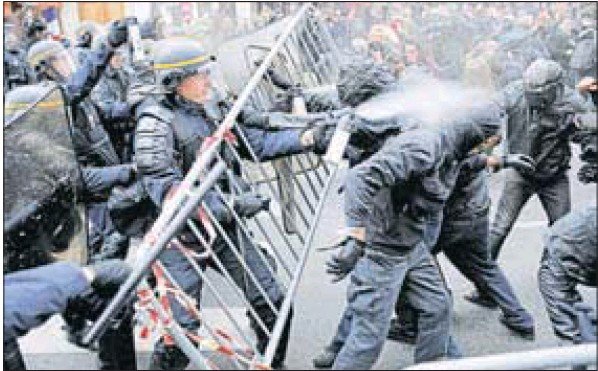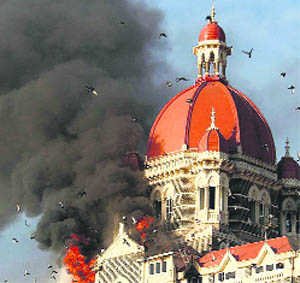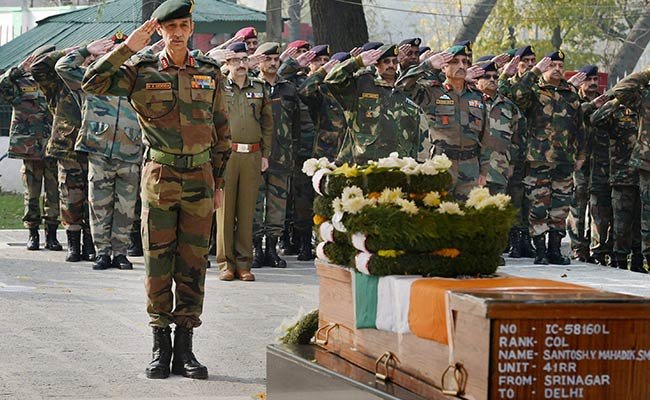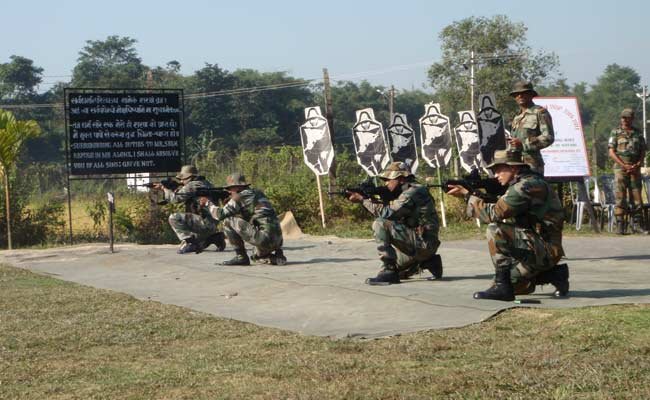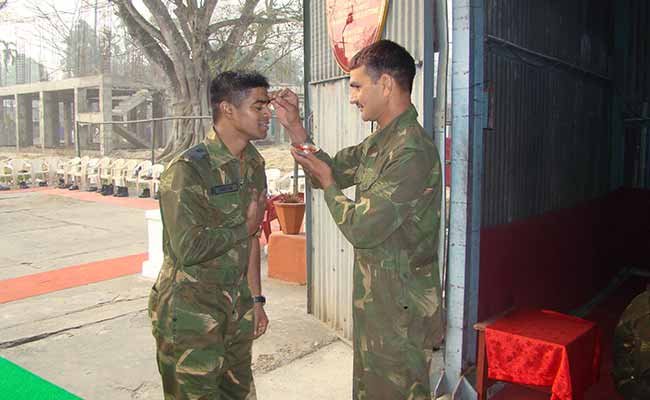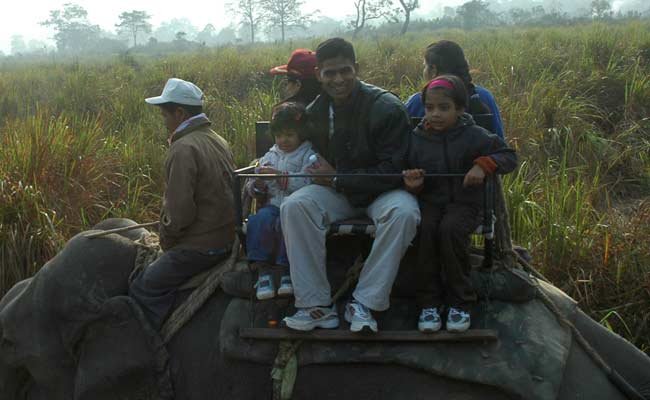Simran Sodhi
Tribune News Service
New Delhi, December 6
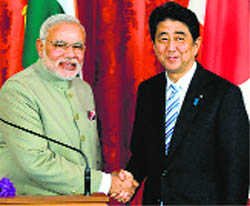
As Japan’s Prime Minister Shinzo Abe prepares for his mid-December India visit, the government is hopeful that ties between the two nations, which have got better of late, will get further boost.
The progress can be attributed to the China factor and its recent aggressive behaviour in the South China Sea, which has seen Japan and India move closer. Another reason could be the “personal chemistry” shared by Prime Minister Narendra Modi with his Japanese counterpart.
While the dates for the visit are yet to be announced, sources said it could be December 11-12. On the second day of his visit, Abe is likely to travel to Modi’s constituency Varanasi and may also pay his respects at Sarnath. It has been learnt that Foreign Ministry officials have been working with other central agencies to take care of this visit.
Of late, India-Japan relations have grown in many dimensions. The civil nuclear co-operation agreement, currently under discussion, however, has seen a slow progress. The main reason is Japan’s domestic concerns where signing such a deal with India, which has yet to sign the NPT (Non-Proliferation Treaty), is seen as a risk by many.
India, despite its clean track record in proliferation, is negotiating hard with Japan, the only country to have faced an atomic bomb on Hiroshima and Nagasaki during World War-II and the Fukushima tragedy of 2011. Both the incidents have made the country extremely sensitive towards nuclear threats. While the signing of this deal would be the highlight of Abe’s visit, negotiations continue on both sides and are likely to go on till the last minute.
India and Japan are also likely to give a major boost to their defence co-operation and a number of agreements are likely to be signed during the visit. The most significant one would be the agreement to jointly produce the amphibious aircraft US-2.
During Modi’s visit to Tokyo last year, Japan had announced doubling of its private and public investments in India to the tune of USD 34 billion over the course of five years. Two months ago, India, Japan and the United States held the first ministerial trilateral in New York. The coming together of these three countries, who then called for freedom of navigation and promised co-operation in maritime security, set Chinese alarm bells ringing.
May come in mid-Dec
India and Japan are likely to discuss the civil nuclear co-operation agreement, which is currently under discussion
On defence front, the most significant deal could be of the amphibious aircraft US-2
Canada sends uranium for N-power reactors
Toronto, December 6
Canada has sent the first uranium consignment of 250 tonnes to India for its nuclear power reactors, over two years after the civil nuclear deal signed between the two countries came into force.
“The first lot of Canadian uranium has been received in India,” a senior government official said.
In April, Cameco signed a uranium supply contract with India after the nuclear cooperation agreement between Canada and India came into force in September 2013.
According to the Canadian government, the contract to supply 7.1 million pounds of uranium concentrate (about 2,730 tonnes of uranium) to India’s Department of Atomic Energy was worth around 350 million Canadian dollars (USD 262 million).
The government of the Canadian province of Saskatchewan yesterday said the shipment consists of uranium mined and milled at Cameo’s McArthur River and Key Lake operations in northern Saskatchewan.
Saskatchewan premier Brad Wall said, “India has just received its first shipment of Saskatchewan uranium under the Canada-India nuclear cooperation agreement, and today we mark the economic milestone for our uranium mining industry and our province.”
India currently has 21 power reactors in operation, with another six under construction and scheduled to start up over the next four years. The country plans to increase its nuclear generating capacity from the current 5,800 MWe to 27,500 MWe by 2032. — PTI

























































